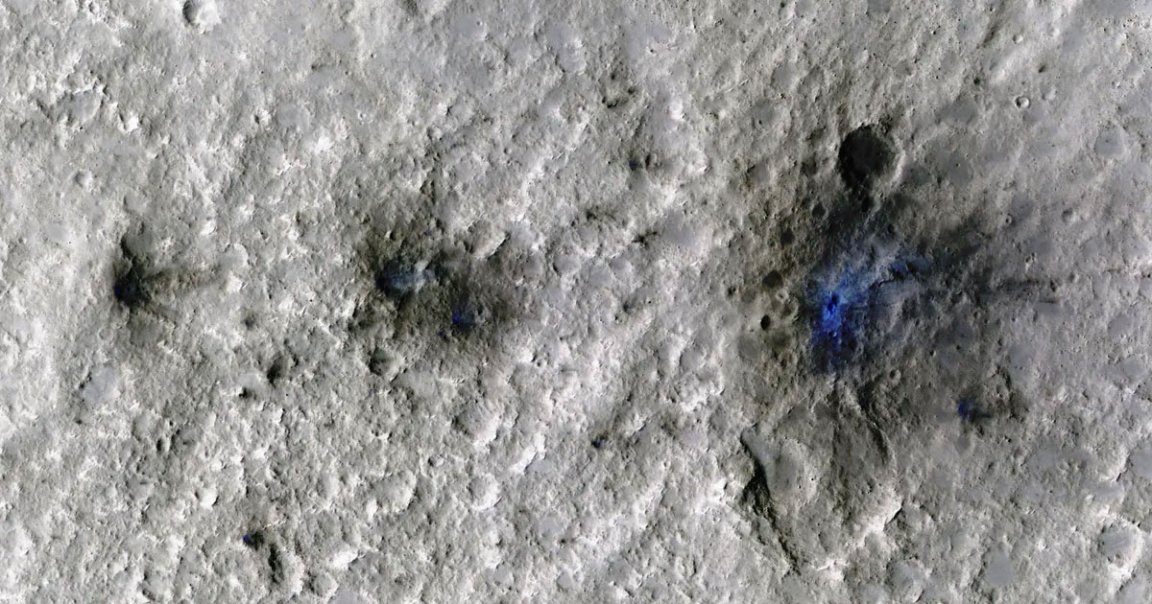
Close Listening
Since 2018, NASA’s Mars InSight Lander has been keeping its ear to the ground, measuring Mars quakes with its sensitive seismometer.
Now, the agency has released audio of four meteoroids crashing into the Martian surface — marking the first time a meteoroid impact has been detected on another planet, ever.
You might imagine an extraordinary racket. Instead, the nature of the sound was reportedly unexpected.
“Strangely, it’s more like a ‘bloop’ than a ‘bam!'” tweeted science writer Corey Powell.
Impactful
The first of the four impacts to be confirmed occurred back in September 2021, where the meteoroid exploded into at least three shards that each left a crater on the Red Planet.
You can listen to the September 5 impact in a brief explainer video on NASA’s YouTube channel, or you can listen to the soundbite on its own on NASA’s Soundcloud here.
Published Monday in the journal Nature Geoscience, the study outlines how the NASA scientists came to seismically and sonically detect the meteoroid impacts.
After the September 5 meteoroid slammed into the Martian surface in triplicate, NASA’s Mars Reconnaissance Orbiter was sent to track down the resulting craters, where it took some preliminary black and white photos.
The orbiter’s team followed that up by using the High-Resolution Imaging Science Experiment camera (HiRISE) to capture colorful closeups of the impacts, which you can view in NASA’s release.
Timeline of Events
Even though Mars’ weak atmosphere lets through far more meteoroids that don’t break apart than on Earth, detecting them is a challenge due to wind noise and seasonal changes in the Martian atmosphere, NASA says.
But with the discovery of the September 5 impact, scientists knew what seismic signatures to look for, and were able to retroactively detect three additional impacts as far back as May 2020.
And the scientists say that the discovery of the impacts will help better map out Mars’ timeline.
“Impacts are the clocks of the solar system,” said lead author Raphael Garcia in the release. “We need to know the impact rate today to estimate the age of different surfaces.”
More on Mars: NASA Seems Awfully Excited About Finding Organic Matter on Mars